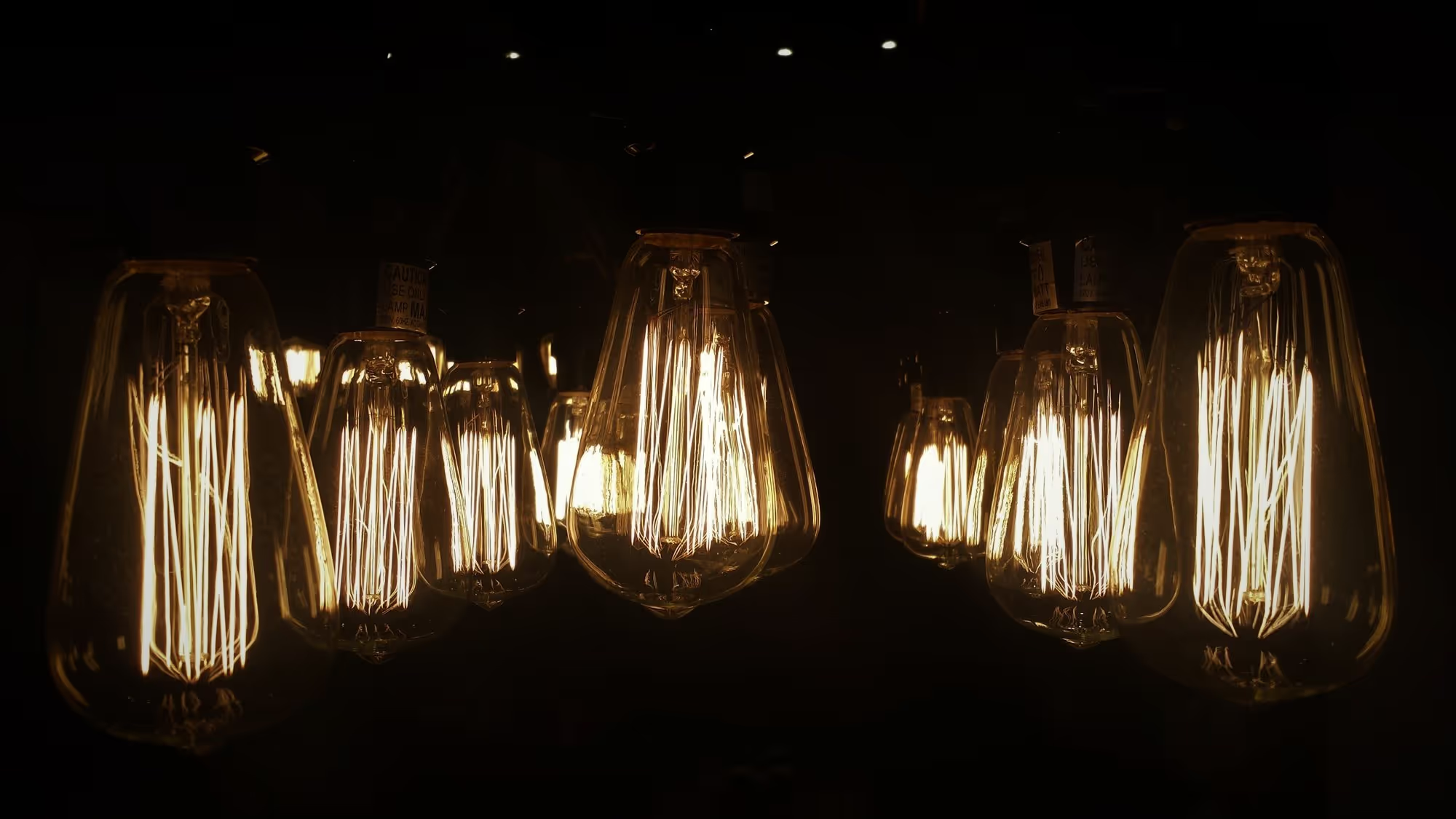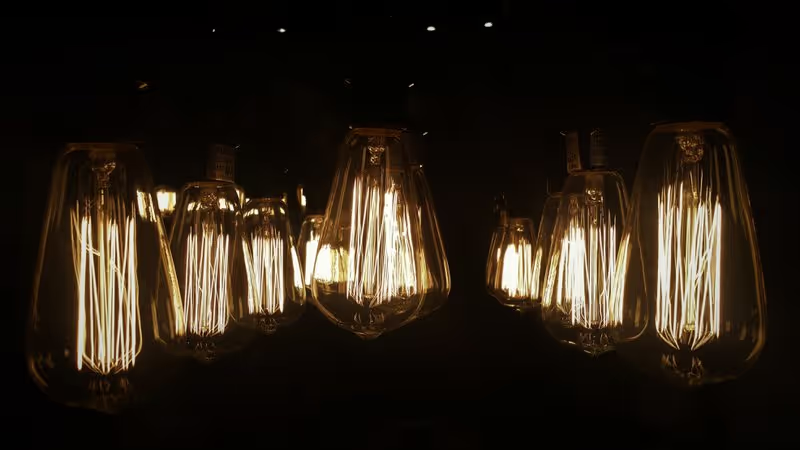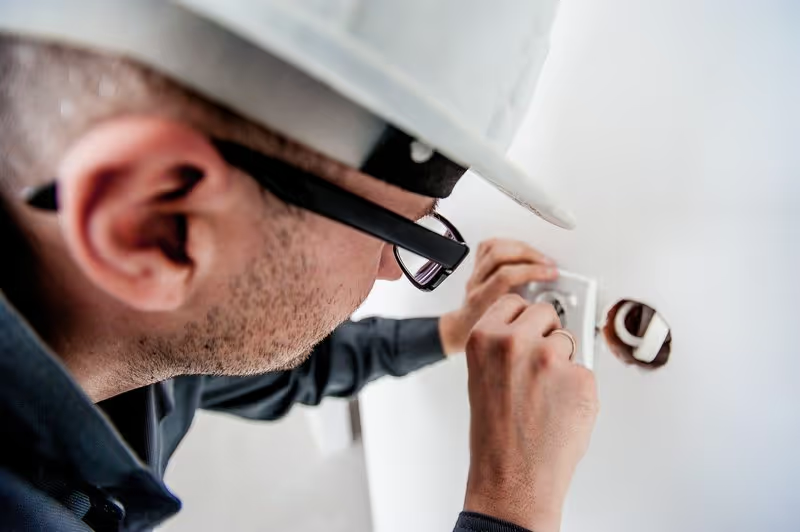Common Wiring Issues

In terms of electrical issues at home, your safety is essential. High bills, damaged appliances, and flickering lights can be a sign of home electrical problems. Therefore, it is important to identify electrical problems and solutions. Here we have for you a list of the most common wiring issues and ways of troubleshooting electrical problems.

Frequent Tripping of Circuit Breaker
When multiple power consuming items are used on the same source, such as hairdryers and microwaves, these high-wattage items can trip circuit breakers. Therefore, as a circuit breaker’s function is to protect your home, it means it is doing its job when it trips.
Pay attention to what you were using when it tripped. As a solution, you can limit the electrical usage on a single circuit when high-watt devices are being used simultaneously.
On the other hand, if you are experiencing electrical shortages, it could be a result of a faulty electrical outlet. If this is the case, you may need to replace your electrical outlet or consult a professional.
Electrical Shocks
Despite electrical shocks are usually mild, they are terrible to experience, and occur when you turn a device on or off. Electrical shocks are commonly caused by wiring or issues with the appliances. To identify the cause, you could try plugging another device to see if there is another electrical shock; however, it is still dangerous. The best option is to contact an electrician to solve the problem.
High Electrical Bill
Despite the cost of your electrical bill could increase due to different and common wiring issues, some ways to reduce it are by unplugging appliances and chargers when they are not being used, repairing damaged wiring or circuits, identifying electrical devices that might cause power surges, and switching to a more cost-effective provider. Besides, there are some tips you can follow to use your A/C economically, as well as to increase your freezer efficiency and save some money along the way.
Issues With Recessed Lighting
This lighting type is equipped with safety devices that cut out power to the light when it overheats; therefore, it is possible that either the insulation in the ceiling is too close to the bulb or that the wattage you are using on the bulb is too high.
As overheated lighting is a potential cause of a fire, make sure to test it regularly and see if it is producing excessive heat, and if both the total wattage and insulation are adequate.
Circuit Overload
If you have a circuit overload, prevent it by disconnecting devices that are not being used, spreading your electrical devices around, and not daisy-chaining power boards.

Dim or Too Bright Lights
There are two possible causes for lights that are dim while others are too bright. One of them is that there are different types of lights with different wattage, so you should make sure that all the bulbs are identical. The other possible cause is that there is a bad main neutral connection, and you must contact a professional to fix it.
Repeated Electrical Surges
There are several causes of electrical surges, such as lightning strikes, damage to power lines, faulty appliances, and damaged electrical wiring. Even though an electrical surge does not even last a second, repeated surges can damage the electrical appliances connected to your home and degrade their lifespan considerably. Moreover, if you identify that faulty appliances are causing this problem, it might be necessary to analyze the situation and decide on either repairing or replacing the appliances.
These surges are common electrical problems in houses with bad wiring or cheaply made devices or power boards. Try removing these devices from the outlets to see if the surges stop, and consult a professional electrician if the problem continues.
Dips in Power
Similarly, dips and electrical surges can be both caused by faulty devices connected to your power grid and draw a lot of power every time they are turned on.
Bad Light Switches
When dimmer switches do not adjust light properly, culprits might be either sub-standard products or poor-quality workmanship. If you have recently acquired a new home and you find switches that do not seem to activate anything, it is possible that there is a fault in the outlet, circuit, or wiring or that switches have been superseded and fixtures removed. Whatever the reason is, make sure to consult with an electrician if you experience one of these common wiring issues related to your switches.
Light Bulbs Burning Out Too Often
Some of the reasons for your light bulbs burning out too often are bad wiring, insulation that is too close to the light, wattage that is too high, or a poor connection on the circuit (if the light is flickering). As finding the problem is not easy, it is recommended to contact an electrician to identify the cause and fix the problem.

What to Do When Electrical Problems Continue
You should consider contacting a professional if the electrical problems continue. Being safe at home is extremely important, so you should not wait any longer. Make sure you know how to choose an electrician to help you identify the cause of the problem and work on a solution.
